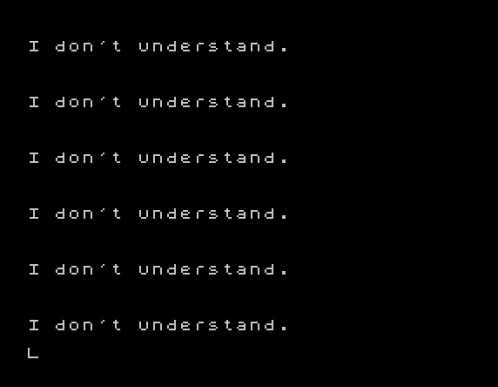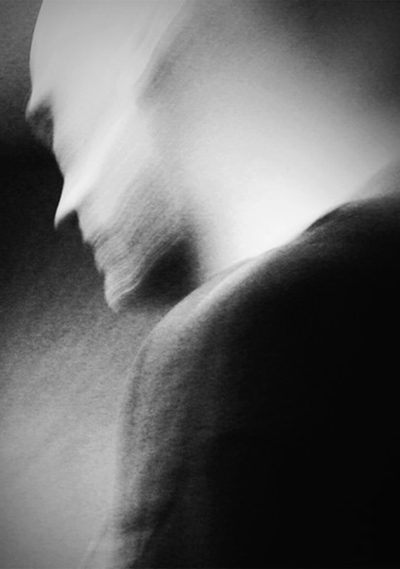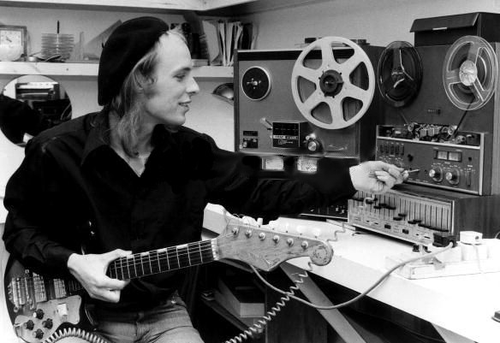
Rule Rebellion
When the Buddha died, the sangha built several stupas (shrines). Different parts of the community gathered around different shrines. One of the largest gatherings, of what might be named the maha, the majority of the sangha, had split away from the elders (holding the Theraveda tradition) within 100 years of the Buddha’s death. Most of the maha were non-monastics who found that the teachings of the Buddha were too rigid, overly concerned with lists and rules. In place of these codes of conduct they posed the question: where is the love? Where is the joy? The creativity? They felt the elders were following rules in order to get out of the circles of suffering and rebirth, but had left some essential quality of the dharma behind. Sometimes rules shut down sangha.
Chinese Re-Invention
The ideas of the maha traveled from India to Afghanistan and finally to China where they were organized and synthesized in a startling and original manner. They moved from the idea of becoming a Buddha to the new ideal of becoming a bodhisattva, someone who puts off their own enlightenment in order to serve others. Because you can only wake up with others. How many of us are using our life in order to serve others to wake up?
Upaya
Upaya or skillful means, describes all the different ways of teaching. It might mean using parables, similes, metaphor, or logic. Even though scholars say that the word upaya appears for the first time in the Lotus Sutra, it actually occurs three times in the Pali canon. In the first instance, the Buddha compares his teachings to a boat that crosses the river. Once you’ve crossed the river, you don’t need the boat any longer. He makes a joke with his listeners, asking them if they would carry around this heavy boat. What is the boat made out of? Apart from upaya, skillful means? It is made up of whatever is at hand – in other words, the circumstances of your own life and your culture, as it is right now. The boat is a collage, it is a mosaic of elements, it doesn’t need to be a gleaming cruise ship, it only needs to get you there. The purpose of the vehicle is for crossing. For example, in sitting practice we observe respiration, we follow the breath, the breath is the vehicle for crossing, and once you’ve used it to become stable,then you can pay attention to whatever shows up.
Upaya: it’s skillful to see that the teachings are not something to cling to. You don’t need to fight over them. To measure how many Buddhist angels can be stacked on the head of a pin. The words are not scripture.
What I Really Meant Was
In The Lotus Sutra, the Buddha turns to Shariputra, one of the best students in an intellectual sense, the one who has studied so thoroughly and carefully (though there is something about the practice that he doesn’t quite get, so in other sutras, jokes are made at his expense). The Buddha tells him that all of the teachings, for all these years, they’re all lesser means. It was skillful to deliver them to you at that time, it’s what was needed. But all I really wanted to do was to teach this Lotus Sutra, the experience of being awake.
Upaya was a rhetorical device used to reform Buddhism. All the teachings that came before the Lotus Sutra (ie. the entirety of the Pali canon) was just to get you on the path, but now I’m going to tell you what it’s really like. Upaya was a device used to shift the focus of Buddhism in order to emphasize service.
The true entity of all phenomena can only be understood and shared between Buddhas. This Law is not something that can be understood through pondering or analysis. Only those who are Buddhas can understand it. The only way to see the nature of your life is between a Buddha and a Buddha. You can’t see it alone.
4 sides to every story
There’s a wonderful Japanese novel and movie called Rashomon, where a priest, a woodcutter and another man take shelter from a rainstorm in the shell of a former gatehouse called Rashomon. They recount the murder of a samurai and the rape of his wife, but each describes it from a different point of view, leaving the events in doubt. This unfolding complex of views offers experience as interdependent and multiply originated.
We’re so busy being people. Meaning that we have to make lists of who is my enemy and who is my friend. People are either for us or against us, and we either have to find a way to push them out of the way, or move them over to where they can be more useful to us. I’m still grateful that the entire city has been organized so that I can experience it, but why does there have to be so many people in it?
Buddhas in Japan
I’ve been reading blogs about the disaster in Japan, and the threat of nuclear meltdown. One writer, a woman, went to the Fukushima Daiichi plant where she witnessed an interaction between a plant worker and a young student who had volunteered in the aftermath of disaster. The worker said to the student, “I’m sorry,” as if he was apologizing for the actions of his entire generation. “It’s OK,” the student replied, “we’ll fix this.” Then the student started rubbing the back of the elderly worker. That’s the bodhisattva vow in action. This is how two Buddhas talk together. Often we’re so busy people we don’t have time to rub someone’s back.
Dogen
The Japanese medieval philospher Dogen loved this phrase from the Lotus Sutra that the dharma can only be realized by a Buddha and a Buddha. In the Shobogenzo he wrote: Buddha dharma cannot be known by a person. By “Buddha dharma” he means reality, what is here now. It can’t be known by a person, only by a Buddha. The teachings of the dharma are the teachings of this moment. When you’re fully here, in this moment, with someone else, then you’re a Buddha and a Buddha.
Service
How do we serve? Instead of trying to fix someone from the top down – as an expert flown into a situation to save someone, how to meet someone where they are? You can’t serve others through your conception of service. And you can’t serve others through your conception of yourself. To be ecological you need to get down to the level of a bird or a fish. Instead of imposing your person understandings on something that is separate and far away. Everything you thought was in the way was actually the path, but you can’t see that if you’re busy being a person.
Skill
Buddha: every single teaching is skillful means. The Buddha dharma is not the truth, it is provisional and contingent on what our situation is and who is listening. The costumes need to change, the words need to find new contexts, the appearance of the dharma adapts to each new environment and moment. The notion of upaya is a deep critique based on the teachings of emptiness. There is no truth, only temporary vehicles.
The story of your life is provisionally true. Every time you tell the story, parts are true and untrue in a new way. Try on this exercise: when you go to sleep at night, begin telling yourself the story of your life, from the very beginning. Don’t leave anything out. And every few minutes, after some embracing recounting, ask yourself this question: is that true?
The Lotus Sutra reminds us that we can’t own anything.
Dogen: Realisation is not like your conception of it. Realisation is one thing, conception is another. How to enter experience without throwing a shadow across it first? How to step into the high noon of this moment?
Tools
Your life has unfolded in a way that it has caused you to develop tools. If you had 1000 arms each would be filled with a different tool. You’ve used these tools to respond to conditions, and these tools are the ways you can serve. Your wounds become tools when you see them as realization. How do the tools we have get creatively tuned? Serving others heals our own wounds. Some people think, “If I had 1000 arms they’d all be empty!” But it’s not really true.
Surrender and Control
(From “Surrender It’s Brian Eno” by Stuart Jeffries, The Guardian, April 28, 2010)
On one side of Eno’s scale diagram, he writes “control”; on the other “surrender”. “We’ve tended to dignify the controlling end of the spectrum,” he says. “We have Nobel prizes for that end.” His idea is that control is what we generally believe the greats – Shakespeare, Picasso, Einstein, Wagner – were about. Such people, the argument goes, controlled their chosen fields, working in isolation, never needing any creative input from others. As for surrender, that idea has become debased: it’s come to mean what the rest of us do when confronted by a work of genius. “We’ve tended to think of the surrender end as a luxury, a nice thing you add to your life when you’ve done the serious work of getting a job, getting your pension sorted out. I’m saying that’s all wrong.”
He pauses, then asks: “I don’t know if you’ve ever read much about the history of shipbuilding?” Not a word. “Old wooden ships had to be constantly caulked up because they leaked. When technology improved, and they could make stiffer ships because of a different way of holding boards together, they broke up. So they went back to making ships that didn’t fit together properly, ships that had flexion. The best vessels surrendered: they allowed themselves to be moved by the circumstances.
“Control and surrender have to be kept in balance. That’s what surfers do – take control of the situation, then be carried, then take control…
Eno’s contention is that there are four areas – religion, art, sex, drugs – in which this kind of surrender is prized. “These are areas where you stop being manipulators of your surroundings and become recipients. In religion, you stop being you and you start to become us. With drugs, you go from being you to being part of everything. In lots of South American cultures, religion and drugs are very close. In Hinduism, sex and religion are very close.” His eyes twinkle. “For us lucky few, all four are mixed up.”
It’s invidious to separate each contribution. It’s not individuals who create things, it’s scenes – a community of people.” Eno has a word for this: scenius. What does it mean? “Genius is individual, scenius is communal.”





